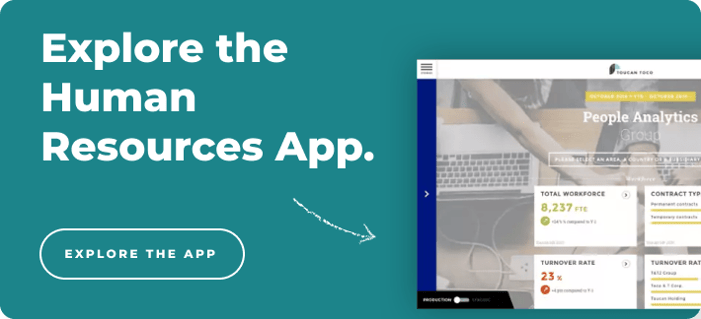Cost of Goods Sold - What is it?
Cost of Goods Sold (COGS) measures the costs of producing goods sold by a company. Although goods can have direct and indirect costs of production, the COGS figures the direct costs of producing a good, mainly materials and labor. Also referred to as "cost of sales," COGS excludes indirect expenses such as distribution, marketing, and sales force expenses.
How is COGS Used?
COGS is often used as an accounting tool on financial statements to determine a firm's gross profit. By calculating COGS and gross profit, a company can determine the efficiency of its production processes and understand its optimization of resources. This metric is always recorded as a business expense, and knowing this metric provides potential investors and analysts with bottom line estimations.
COGS and net income have an inverse relationship: if COGS increases, net income will decrease. Although this relationship benefits a firm from a taxpayer perspective, a lower net income will deliver less profit to shareholders, which may cause a decline in shares purchased. Ultimately, businesses aim to keep COGS as low as possible to provide value to their shareholders.
How to Calculate COGS
This is the formula to calculate COGS, assuming that the goods produced are intended for sale:

Calculating COGS requires an analyst to have access to a firm's financial statement, which is widely available online. Ending inventory, or sold goods, can be found under the COGS account, while the beginning inventory is left over from the previous year. If a company produced additional goods or purchased additional inventory, they are added to the beginning inventory. At the end of a period, the products that did not sell are subtracted from the sum of beginning inventory and additional purchases, which leaves you with the calculation for COGS.
Tracking COGS
COGS is tricky to streamline because of the sheer amount of accounting and inventory costing methods. Companies can use three methods to record the amount of inventory sold during a period:
- First In, First Out (FIFO): This method assumes that the product purchased the earliest are sold first. Because prices rise over time due to inflation and other factors, the least expensive products are sold first, which leads to lower COGS than LIFO. This means that using the FIFO method, net income will increase over time.
- Last In, First Out (LIFO): This method assumes that the goods added to inventory most recently are sold first. When prices rise, higher costing goods are sold first, which leads to an eventual decrease in net income.
- Average Cost: This method averages the prices of all goods in an inventory, purchased at any time. This average is used to value the goods sold and smooths out the extremes of high and low prices of multiple large purchases.
Limitations of COGS
COGS is a metric that can easily be manipulated by bad actors looking to cover up bad decisions. Here are some ways accountants can easily disguise a low COGS:
- Attributing artificially higher manufacturing costs
- Exaggerating discounts
- Exaggerating returns to suppliers
- Quickly offloading stock at the end of an accounting period
- Overvaluing inventory
Accountants have an incentive to overreport inventory because inflated inventory will decrease COGS and lead to a higher net income. However, an experienced investor or analyst can spot these discrepancies and the strict regulations on financial reporting discourage companies from partaking in accounting malpractice.
A data visualization tool like Toucan can aid a firm’s financial tracking efforts by catering to users with little data experience and enabling collaboration through the usage of cloud technology. The ability to track COGS, gross profit margin, inventory, and net income in real-time allows for full ownership of a firm’s data across multiple departments.
With a new generation data visualization tool, COGS becomes a valuable tool for accounting and operations departments looking to focus on maintaining a clear and robust inventory strategy.



